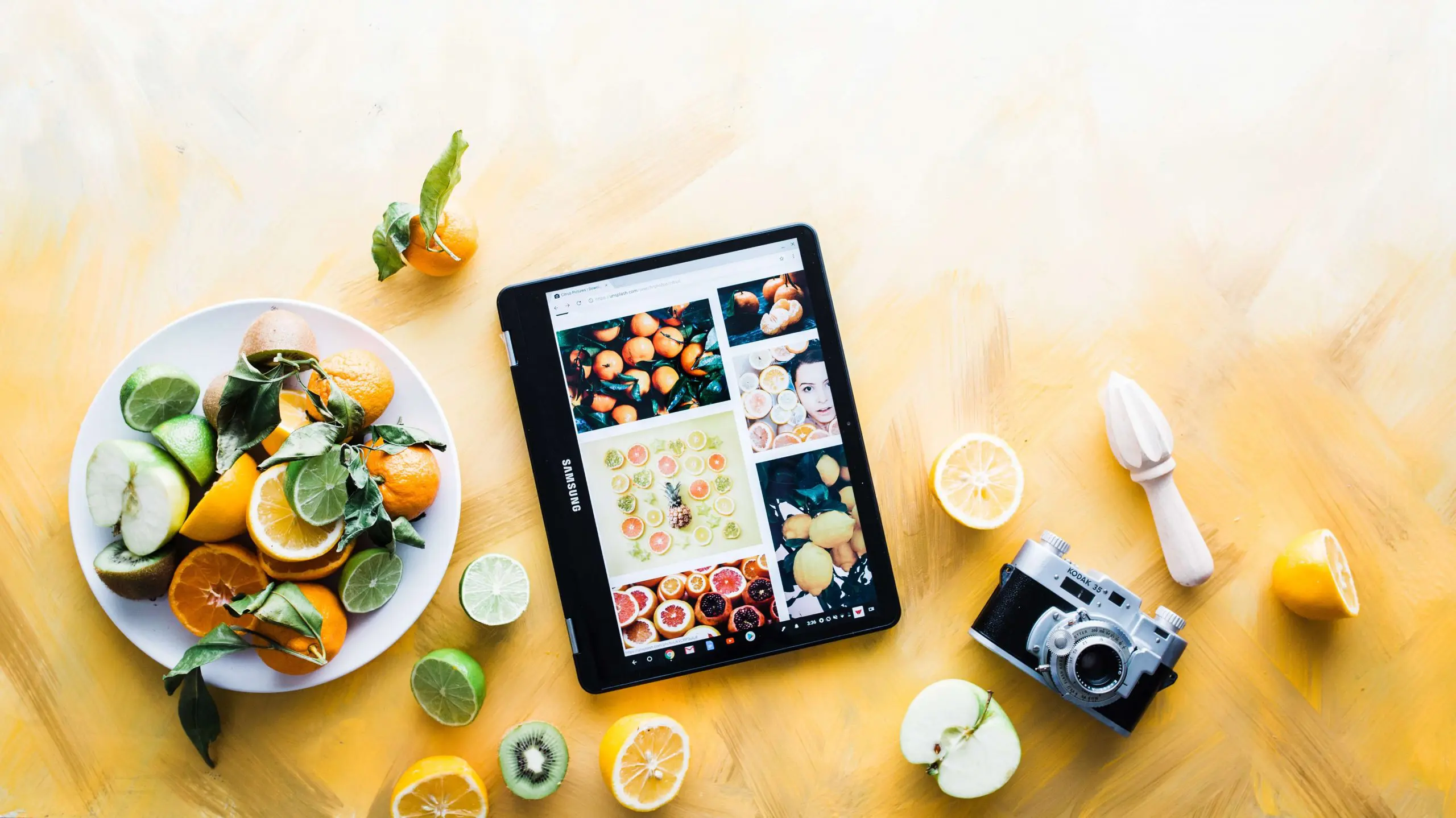For many SMEs the Chinese market can seem like an ever-changing horizon. It’s hard to know if you’re going in the right direction and whether you’ll ever make it to the other side. We sat down with experienced stakeholders in the supply chain to map out a clear path.
- Is this the right market for me?
With a population nearing 1.5 billion, China’s is a necessarily complex economy. It is not, most would say, the right selection for the faint of heart. However, for those willing to go in well-prepared (perhaps with a few other export markets under their belt), it is also full of opportunity.
We know that Chinese consumers are buying more imported and higher quality products, and more frequently. They’re looking for natural, free-from, healthy and luxury products. Australia is also in the top five for countries that Chinese consumers turn to online to source their food and beauty products. And this is no small number: by 2020, there will be approximately 292 million online shoppers, and 50% of these will have bought an item from cross-border e-commerce. “We call it a power period,” says Keiko Li, Senior Business Development Specialist at the Chinese multinational e-commerce conglomerate Alibaba Group. “Consumers are trending more and more towards overseas products; they’re mindful of provenance, and also seeking functional foods.” In the last two years, she said, healthy supplements have also seen a rise in the Chinese population. “Customers are seeking to remove toxins, improve immunity and target specific health problems, and they like to try new things.” This is an impressive combination of growth, within the right sector, for many Australian FMCGs looking to export.
- How do I get the product in? Where am I actually going to sell it?
There are many retailers looking to source Australian products and resell them, both online and offline. One such online retailer is the popular JD.com. “We’re retailers, a purchaser, and reseller of stock,” says Patrick Nestel, JD.com’s ANZ Regional Manager. But how does it work? “Online or offline, JD is now one of the biggest retailers in China, because purchasing is a key part of our business. And what that enables us to do is bring stock within our network.” The ability to deliver on-demand is key to success in this market, he says. “The statistic I always like to give, to bring this back to Australia, is that Coles Supermarket turns over $33 billion for the year. During one of the most important shopping festivals in China, we turn over $25 billion, and we deliver 75% of that within 24 hours.” Not only that, using the retail model allows manufacturers to be paid before the product leaves, which provides more assurance. It is by no means the only assurance you’ll need, though. A connection with a mega-retailer such as JD may seem like a simple path to growth, but China is challenging by nature. “It’s a completely different world to do business; there’s a lot to learn,” said Nestel.
- What about China’s regulations and other unexpected expenses?
Picture this: You have the market opportunity. You have the channel. You’re going to get the supply chain happening, you might need some vertical integration…but you’re getting stuck at CIQ. What to do? Panellist Tom Ellis, Investment Director of the Australian-based investment firm MAI Capital, shared his experiences. Helping Australian products manage Chinese regulations, he has come to see that “CIQ, clearance, logistics procurement, purchasing, labeling, brand promises, and the product being pulled, not pushed, into the market, are all components of being successful in the health sector, but also in any sector within China.” You might have a product on the water that, after regulation changes, is now unable to be sold without being relabeled, for example. However, “there’s approaches to everything,” he said, “and it’s about pricing your risk and making sure you work with people who have integrity, who will champion your brand.”
At this stage, it’s important to analyse every aspect of your business and where your connections can add value, to make sure the price onshelf is as cost comparable as it is in Australia. “How that’s done is really getting every single dollar of logistics understood,” said Ellis. This applies right down to demographics. “A lot of people will try to target a tier-one city. But there’s a huge market that sits outside of that. A rising middle class in China is creating an appeal for premium products, and it means that you might have less competition in a tier-four city, because you might be the premium product.” Whereas, in a tier-one city such as Shanghai, he says, a consumer can buy from anywhere in the world.
- How do I get the message out, to build credibility and trust for my product?
You’ve got the market, you’ve got the channel, you’ve got all bases covered. Let’s say you now have 20 amazing SKUs to sell amongst millions of SKUs that are sold out there. While Australian companies tend to have a natural advantage in this market because of our good reputation, in such a vast economic landscape, how will you make sure your message is heard? COO and Founder of China-focused digital marketing platform Sinorbis, Dandan Cheng, says a multifaceted digital strategy is required. “Nowadays, there are so many different choices. Why would people pick up your product particularly, and proceed to finish payment?” For smart growth, you’ll need to not just create a presence in the channel, but promote the product and leverage various voices in the market. “Not just from official sources,” she says, “but also word-of-mouth, digital, influencers. Don’t just attract, but further engage, and then convert.”
This growth strategy is important in China not just because of its enormity, but its culture. “Chinese people typically lack trust in a lot of things because of historical reasons such as air pollution, food poisoning, oil spills, those types of things. Because of this, coming from Australia doesn’t give you a natural guarantee that people will trust you,” she said. “Particularly when it comes to a health product, or a baby product, skincare etc, people pay a lot of attention to whether it’s natural. So before you get to the selling, you need to know how to talk about health products.” The best way, she says, is to leverage word of mouth with authentic user reviews spread throughout your social media channels, paired with your official language and digital presence, so that people see your own confidence in your product.
This may seem like a big feat – and it is. “You really need to surround yourself with people who have done it before, been there and experienced it. You can learn yourself, but it takes a lot of time to build up the knowledge to sell in China,” said Jamie Thurin, International Sales Director of Slim Secrets, a company with a strong growth strategy in the Chinese market. “You need to know where to spend your money, when to invest your time. Do your research, because you learn pretty quickly that it takes persistence, patience, and a lot of hard work. You’ve gotta be prepared.”
If selecting the China market is part of your overall export growth strategy, connect with us to help set you on that journey.




